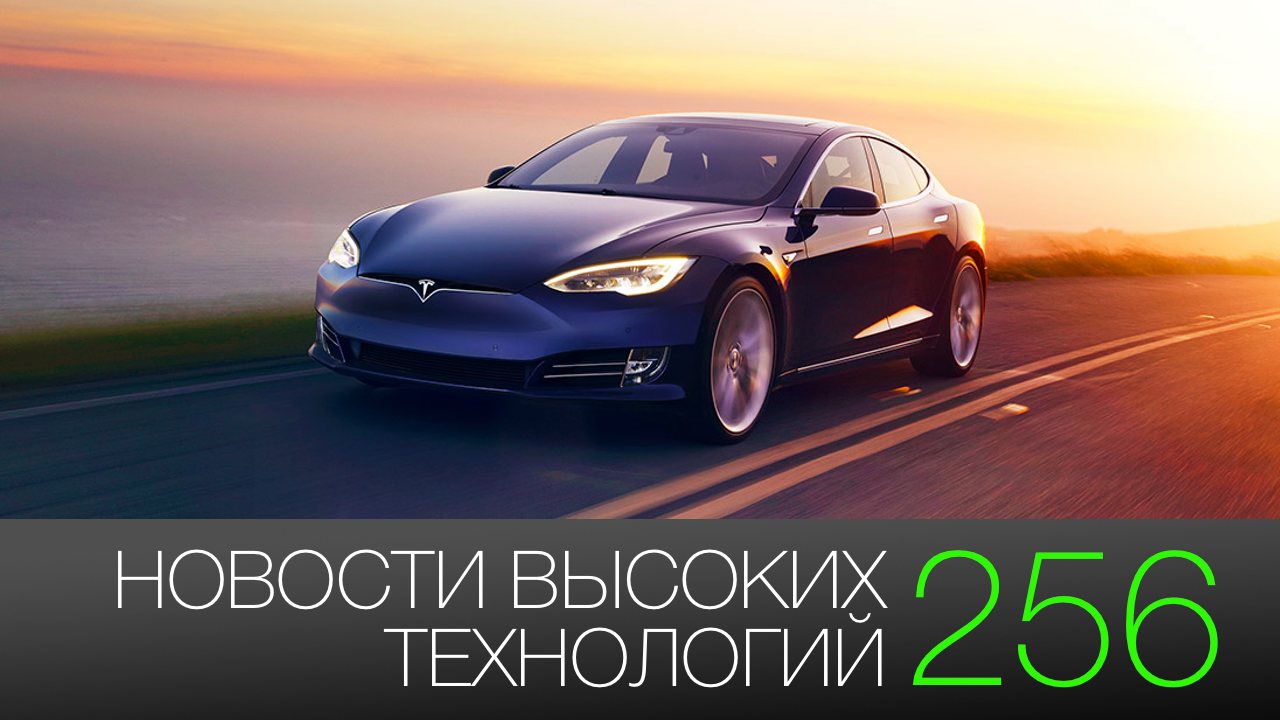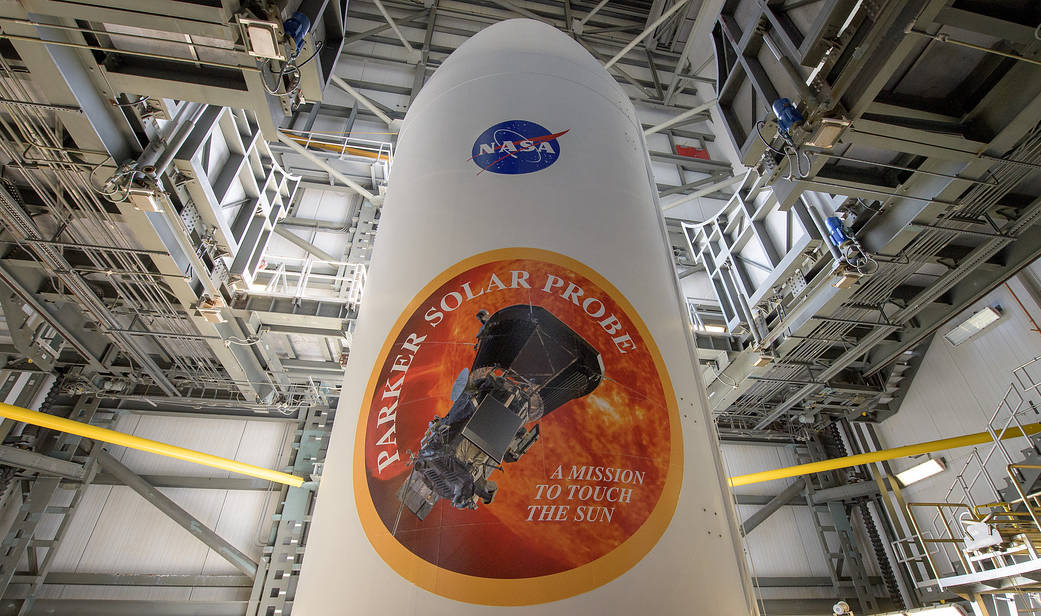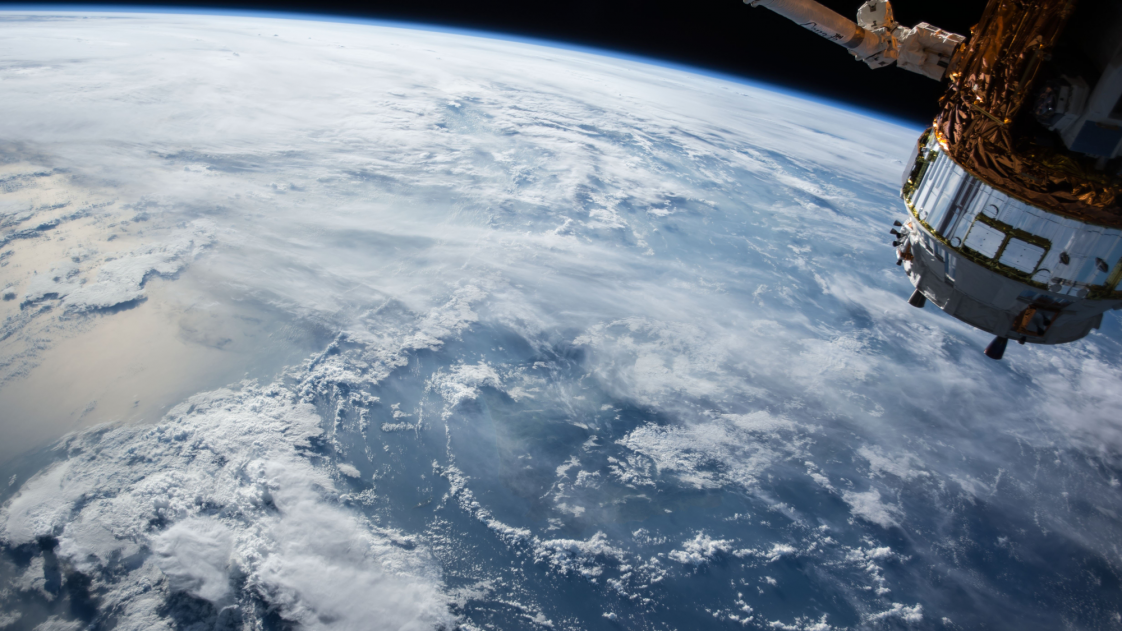Can we send something like a Cassini to Uranus or Neptune?
 Source:
Source:
In the place of the Solar system where we study the distant Universe using powerful ground and space observatories have provided us with data and knowledge that we never dreamed of. But we still have no opportunity to go somewhere beyond Mars, we were told about this mission to other planets. Despite all the resources we gave planetary science, we sent only one mission to Uranus and Neptune: "Voyager-2", which just flew past the planets. What are the prospects for an orbital mission to the outer worlds?
There is a window in which to Uranus or Neptune, you can send the spacecraft using Jupiter for a gravitational acceleration. What you need to do to sufficiently slowed down after such a maneuver and went into orbit "ice giants"?
theUranus and Neptune: how to explore them?
The Solar system is complex but, fortunately, familiar to us. The best way to get to the outer Solar system — that is, to any planet Jupiter is use of Jupiter. In physics, when you take a small object (e.g. a spacecraft), which passes a massive and immovable object (like a star or planet), the gravitational force can significantly change its speed.
But if there is a third object with gravitational significance in this equation, everything changes a little bit, and this is especially important to reach the outer limits of the Solar system. Spacecraft flying close to the planet bound to the Sun, may gain or lose speed due to the weaning of the pulse of the system planet-Sun. Massive planet anyway, but the spacecraft can obtain the acceleration or deceleration, depending on its trajectory.
This kind of maneuver with gravity support was required to run "Voyagers" beyond the Solar system, and most recently for the launch of "New horizons" to Pluto. Despite the fact that Uranus and Neptune have a remarkably long orbital periods of 84 and 165 years, respectively, the missions window to return to them again every 12 years or so: every time Jupiter completes an orbit.
The spacecraft, launched from Earth, typically around several of the inner planets a few times in preparation for the gravity maneuver with Jupiter. The spacecraft, flying around the planet can use the "gravitational slingshot" to the planet dispersed it. If we wanted to launch a mission to Neptune today, the alignment of the planets will allow us to do it. With Uranium, which is closer, it would be even easier to make.
Ten years ago was offered the mission of the Argo: to fly around Jupiter, Saturn, Neptune and Kuiper belt objects with a launch window from 2015 to 2019. But the mission's flyby is just because you don't need to slow down the machine. Throw it into orbit of another world is much more complicated, but interesting.
Instead of a single aisle, the Orbiter will allow you to repeatedly explore the world for long periods of time. You will be able to observe changes in the atmosphere in the world, and constantly to explore it in a wide range of wavelengths, invisible to the human eye. You can find new moons, new rings and new phenomena, which did not expect to find. Can even send a lander or probe to a planet or one of its moons. All this and more has happened around Saturn, recently completed by the Cassini mission.
Cassini has studied not only the physical and atmospheric properties of Saturn, though this part was done brilliantly. Not only is she photographed and studied the ring, although with it. More interesting is the fact that we have seen changes and transient events, which would never have predicted. Saturn showed the change of the seasons, which corresponded to chemical and color changes in its poles. A huge storm appeared on Saturn, surrounding the planet and held out for many months. It was discovered that the rings of Saturn have pronounced vertical structure and change over time; they are dynamic, not static — a great laboratory to study the formation of planets and moons. With this information, we decided to old problems and opened up new puzzles about the satellites of the planet of yapet, Titan, Enceladus, and others.
There is No doubt that we want to do the same with Uranus and Neptune. For Uranus and Neptune were offered a lot of missions, many of which have undergone the process of the application, but neither one of them have not started planning. NASA, ESA, JPL and UK were offered the orbital of the device on Uranium, all of which are in development but nobody knows what will happen to them in the future.
So far we studied these worlds from afar. But there is great hope that the future mission many years later still held when the launch window for the achievement of both worlds will be open. 2034 conceptual ODINUS mission will send a spacecraft-Gemini to Uranus and Neptune at the same time. The mission itself will be an interesting joint venture of NASA and ESA.
One of the major flagship missions, the proposed NASA planetary scientists in 2011 was the probe and the Orbiter for Uranus. This mission was the third priority after the mission Mars 2020 and Europa Clipper. These dual machines would have to go in 2020-ies in the 21 day, which is every year: when the Earth, Jupiter and Uranus are in the optimal position. The Orbiter would take three separate tools designed for the visualization and measurement of different propertiesUranus, its rings and satellites. Uranus and Neptune should possess a liquid ocean underneath the atmosphere, and the Orbiter would probably have to detect it. Atmospheric probe will measure a cloud of molecules, distribution of heat and change of wind speed with depth.
The European space Agency program ODINUS goes further, extends this concept in two double orbital devices that will go to Neptune and Uranus. The launch window in 2034, when the Earth, Jupiter, Uranus and Neptune will be aligned appropriately, will allow you to run them at the same time.
The Mission of the fly-great for first meetings, because you can learn a lot about the world, studying it from close range. Also they are really achieve a few goals, while the orbiters are stuck in any world, the orbit of which is selected. Finally, the orbiters should have on Board fuel to maneuver, slow and stable orbit, making the mission much more expensive. But the science that you get from a long-term stay on the planet more than compensates for this.
Current limitations of such a mission are not associated with technological advances; technology to implement it today, already exist. The difficulty is this:
the-
the
- Policies. Since the NASA budget is limited, resources are scarce. the
- Physics. Even if we take the biggest ship of NASA, unmanned version of the SLS, we can send a limited mass in the outer Solar system. the
- Practice. Given the huge distance from the Sun, solar panels will not work. Need radioactive sources to power the device so far, and this is the biggest problem.
The fact that radioactive sources for long-distance probes (like Voyager) feed on plutonium-238 — an isotope that is created during the processing of nuclear materials. A large part of the plutonium-238 was created during the active nuclear arms race. It is needed for radioisotope thermoelectric generators (RTGs) used in space probes.
However, since 1988 the production of plutonium-238 ceased, and stocks were exhausted.
The faster you move at a meeting with the planet, the more fuel you need to burn the machine to slow down and stay in orbit of the body. In the case of Pluto, there was no chance: "New horizons" was too small a device, and had too much speed, plus the mass of Pluto was too low in order for it to catch on. But in the case of Neptune and Uranus, if we choose a good path of acceleration from Jupiter and possibly Saturn, it can be feasible. If we want to go just for the Uranium, we can go in any year in 2020. If we want to visit on the planet, our year — 2034. Uranus and Neptune can be similar from afar, but up close they can be as different as Earth and Venus. There is only one way to find out.
Recommended
The Americans on the moon: what everyone should know?
the Upcoming cosmonautics day is my favorite holiday. It marks the triumph of the human mind: in just four thousand years Homo Sapiens went from hunter-gatherers to space explorers. 12 April 1961 Soviet cosmonaut Yuri Gagarin became the first man in ...
Why are some galaxies spiral shaped?
you Know what surprised me the most? The fact that we perceive the surrounding world as it is. Animals, plants, the laws of physics and the cosmos are perceived by many people as something so mundane and boring that they invent fairies, ghosts, monst...
Astronomers were able to see the death of another star system
In the cosmic ocean drifts a lot of mysteries about the existence of which we are unaware. One of these was uncovered five years ago, when astronomers have discovered a lonely star at a distance of 570 light years from Earth, the brightness of which ...
Related News
As SpaceX NASA trains astronauts to fly on the Dragon capsule
the First passenger SpaceX team collected, date of flight scheduled, and now is the time to prepare her for the journey into space. On Monday, the President of SpaceX, Gwynne Shotwell showed the first four NASA astronauts who will...
#gallery | Cosmonaut Oleg Artemyev has shared photos of the spacewalk
Russian cosmonauts Oleg Artemyev and Sergei Prokopiev finished second in this year's spacewalk aboard the International space station. Working on Board the ISS began on 15 August at 19:17 Moscow time. It was originally planned tha...
What is "nothing"? Says astrophysicist Martin Rees
Philosophers have debated the nature of "nothingness", "nothing", "nothing", "emptiness" for thousands of years, but what can modern science tell? This question will be answered by Martin Rees, astronomer of the Royal society and ...
Humanity may accidentally declare war interstellar alien civilization
Imagine yourself in a world not much different from Earth, which orbits a star, not much different from our Sun. Temperature and atmosphere are perfect for the existence of liquid water on the surface, but a mixture of oceans and ...
China told about the lunar Rover "Chang'e-4", which will go on the back side of the moon
China had shown images of the lander and Rover, which will travel this year on the back of the moon using a spacecraft "Chang'e-4". According to local newspaper "Xinhua", the Rover is a rectangular block with two sliding solar pan...
Brewery waste is used for building houses on Mars
there is No doubt that a manned mission to Mars sooner or later will be held and the first settlers will need somewhere to live. The houses should be durable, inexpensive and able to withstand the harsh conditions of the red plane...
India till 2022 is going on their own to send a man into space
Prime Minister Narendra modi in an address to the nation said that the country is going to send a man into space till 2022. This is stated in the local media. The Indian space research organization (ISRO) said that the mission wil...
Watch live: Russian cosmonauts spacewalk
Today, August 15 is planned spacewalk by two Russian astronauts — Oleg Artemyev and Sergei Prokopyeva. Artemyev for this output will be the third, Prokop — first. While working on Board the ISS, the astronauts will lau...
Dust storm on Mars fades, but the Rover "opportunity" is silent
Dust storms on Mars is quite a common occurrence. They usually happen when in the southern hemisphere of the red planet summer begins. And although they may begin very suddenly, they last, usually not more than a few weeks, creati...
What to do in the evening? Go to photograph meteors with a prescription from NASA
Meteor Perseids can not only . It is possible to remove the camera and leave the lasting memories. For those who want to do it, NASA has published several . Following them, you will be able to get a good picture even without being...
#news high technology 256 | secret plan Mask and space bra
Every Monday in the new issue of «News high-tech» we summarize the previous week, talking about some of the most important events, the key discoveries and inventions. This time we will talk about the secret plan Mask, sp...
#news high technology #256: the secret plan and space Mask bra
Every Monday in the new issue of «News high-tech» we summarize the previous week, talking about some of the most important events, the key discoveries and inventions. This time we will talk about the secret plan Mask, sp...
Probe Parker went to explore space
NASA successfully sent on the ULA rocket probe "Parker" (Parker Solar Probe) to explore the cosmos. The Delta IV Heavy rocket was launched at 3:31 local time (EDT) from space launch complex 37 at a U.S. air force base at Cape Cana...
How and when to watch for meteor Perseids from August 11 to 13
the Effect of a meteor shower, causing particles of the tail of the comet swift — Tuttle. Moving on a highly eccentric orbit, it completes one revolution around the Sun for 133 years. When approaching with a star the comet nucleus...
NASA want to build a robot for the direct search of extraterrestrial life
Until now, NASA has created tools designed to search for biosignals, which could only indicate the possibility of life but not life itself, no matter how primitive it is. In the framework of a new project at NASA want to create au...
What planet seem to be the biggest on Earth?
Mars will never be as big as the full Moon. But this is not the biggest planet. From the point of view of a person, the Sun and the Moon will always dominate in the earthly heaven. But we know that Jupiter, Saturn — all the planet...
USA announced the creation of a "space force" by 2020. Expect a symmetrical response?
Vice-President Mike Pence spoke before Congress and stated the need to allocate 8 billion dollars to build space forces and space security over the next five years. Why? Pence said China and Russia as potential threats to American...
Sun probe "Parker" is fully ready for Saturday launch
the solar probe, "Parker" — a new spacecraft space Agency NASA called "" — fully assembled, loaded into the booster and is ready to be scheduled for this Saturday (11 August), the launch from the launch pad at Kennedy ...
How many and how to watch the solar Eclipse of August 11, 2018
the Summer of 2018 continues to delight us with the amazing events that happen around our planet. Recently we could observe , and on the 11th of August we will have the opportunity to see a partial solar Eclipse. Will tell who was...
Tonight SpaceX for the first time to re-launch the rocket version of the Block 5
may 11, SpaceX launched a new optimized re-use option Block 5 of the Falcon 9 rocket. Then Elon Musk answered the question, when will we see the first re-flight of a Block 5: "We take very seriously analyze this rocket apart, to m...









































Comments (0)
This article has no comment, be the first!